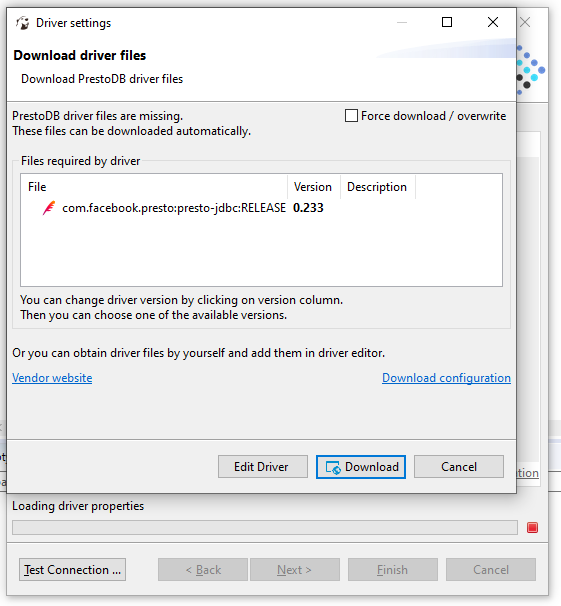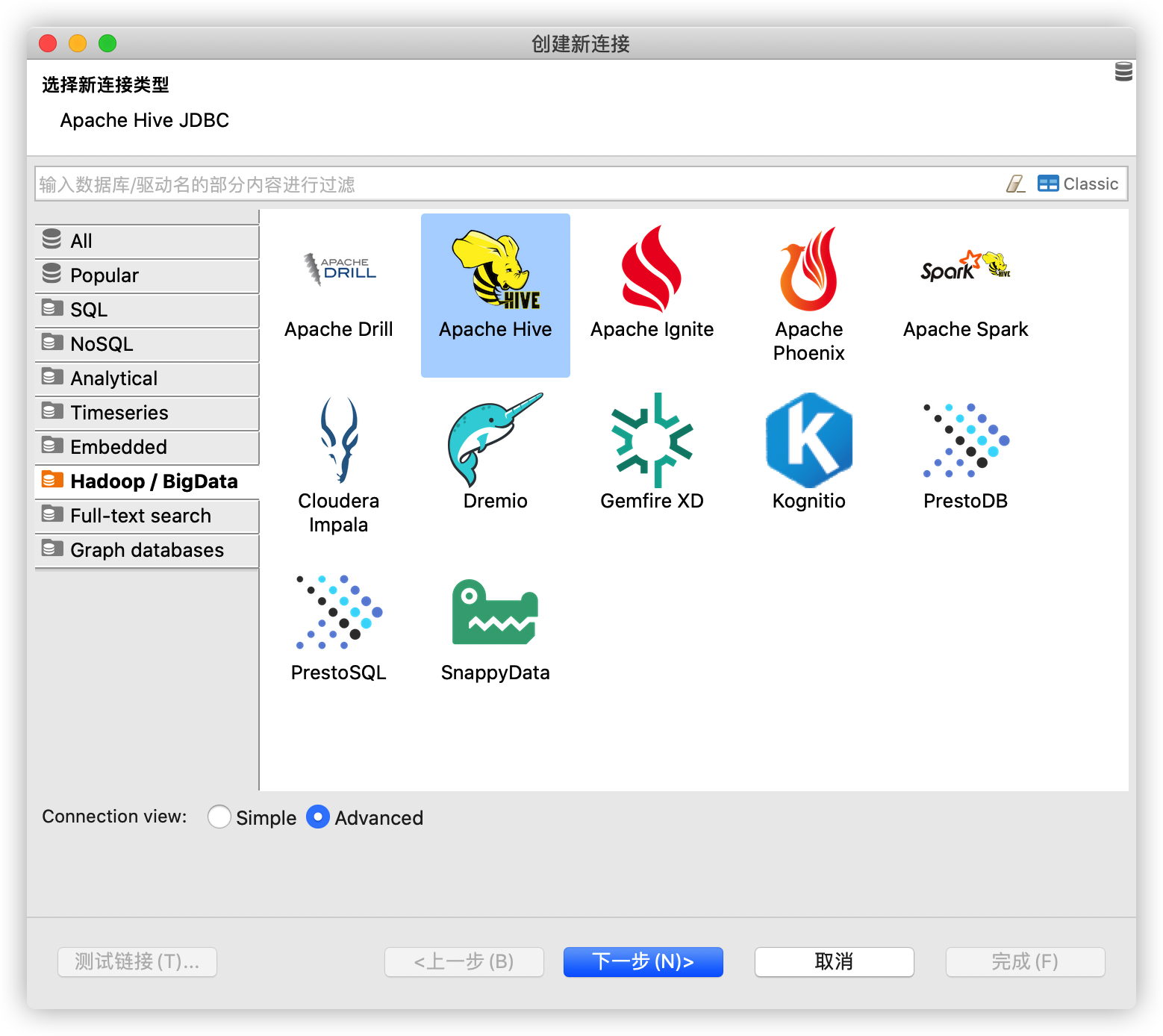Opened DBeaver; Clicked in the right arrow to Hive Connection. It is very slow. After displaying the databases names, I've clicked in the right arrow of the database rawgeomunicipios; Then I clicked in the right arrow of the 'Tables' submenu. No table name was displayed like in the image below. Then I closed dbeaver. Create a JDBC Data Source for Hive Data Follow the steps below to load the driver JAR in DBeaver. Open the DBeaver application and, in the Databases menu, select the Driver Manager option. Click New to open the Create New Driver form. DBeaver connection with JDBC kerberos to Hive/Impala is somewhat difficult to make it work. Try an easier method using ODBC as given in https://plenium.wordpress.com/2019/10/15/connect-dbeaver-sql-tool-to-cloudera-hive-impala-with-kerbe.
Community Edition 21.0.3Released on April 19, 2021 (Milestones). | Enterprise Edition 21.0Released on March 8, 2020 |
Windows
Mac OS X
Linux
Eclipse Plugin
Note: plugin is compatible with Eclipse platform (from Neon to 2020-09). Required plugins: gef and draw2d. ChecksumsPrevious versions | Enterprise Edition features:
|
| Usually we release a new Minor Community Edition version once per two weeks. Major version is released quarterly (every 3 months). Information about previous releases you can find here. | |
Tested and verified for MS Windows, Linux and Mac OS X.
Install:
Windows installer – run installer executable. It will automatically upgrade version (if needed).
MacOS DMG – just run it and drag-n-drop DBeaver into Applications.
Debian package – run sudo dpkg -i dbeaver-<version>.deb. Then execute “dbeaver &”.
RPM package – run sudo rpm -ivh dbeaver-<version>.rpm. Then execute “dbeaver &”. Note: to upgrade use “-Uvh” parameter.
ZIP archive – extract archive and run “dbeaver” executable. Do not extract archive over previous version (remove previous version before install).
Upgrade – don’t be afraid to remove previous DBeaver version – your settings won’t be lost. All settings are kept in the separate folder (DBeaverData in user home)
Java notes:
DBeaver requires Java 11 or higher. Since version 7.3.1 all distributions include OpenJDK 11 bundle.
If you want to use you own locally installed Java you may delete folder “jre” in the DBeaver installation folder.
Debian repository:
Ubuntu PPA:
You can use PPA repository to easily install/upgrade DBeaver on Debian Linuxes. Mostly it is the same as regular Debian repo but it is hosted on Launchpad.
Early Access:
You may get latest build (EA version) of DBeaver. Usually it contains all major bug fixes found in current stable version. Just choose the archive corresponding to your OS and hardware from the following folder: EA version downloads.
Source code:
Community Edition sources, issue tracker, older releases, etc: https://github.com/dbeaver/dbeaver
Archive:
All recent DBeaver versions are available in the archive.
CloudBeaver

DBeaver is desktop application.
If you are looking for a web-based database management system – please check another of our products: CloudBeaver.
It is also open-source and free.

Dbeaver Hive Login
There are many article has been shared about how to connect hive using dbeaver using kerberos authentication. This Link is one of those. Several people has report it, that they already succeed to made a connection to hive using dbeaver via mac or windows. It’s not surprising me in that moment since I have success story to connect hive using dbeaver in my mac mojave even I didn’t followed those steps.
But, after couple of week, I didn’t know what happened to my mac, the connection become broken and always generate this error message:
Dbeaver Hives
[Cloudera][HiveJDBCDriver](500168) Error creating login context using ticket cache: Unable to obtain Principal Name for authentication .
Unable to obtain Principal Name for authentication
Unable to obtain Principal Name for authentication
So, I try to follow complete steps in several links that I already got from “googling” but the result is always failed. Again and again. I knew thats it’s not issue (bugs or mall function) in dbeaver, but jdbc is more take responsibility in this case since unable to read the ticket – even the ticket is already generated by kinit command.
Mar 11 16:32:14.288 TRACE 36 com.cloudera.hiveserver2.jdbc.kerberos.Kerberos.getSubjectViaAccessControlContext(): +++++ enter +++++
Mar 11 16:32:14.289 TRACE 36 com.cloudera.hiveserver2.jdbc.kerberos.Kerberos.getSubjectViaJAASConfig(): +++++ enter +++++
Mar 11 16:32:14.289 TRACE 36 com.cloudera.hiveserver2.jdbc.kerberos.Kerberos.getSubjectViaTicketCache(): +++++ enter +++++
Mar 11 16:32:14.456 ERROR 36 com.cloudera.hiveserver2.exceptions.ExceptionConverter.toSQLException: [Cloudera][HiveJDBCDriver](500168) Error creating login context using ticket cache: Unable to obtain Principal Name for authentication .
Maybe, there are special treatment or any special configuration in mojave to make kerberos ticket unable to read by jdbc. Does any one can help me? Pliiisss …




